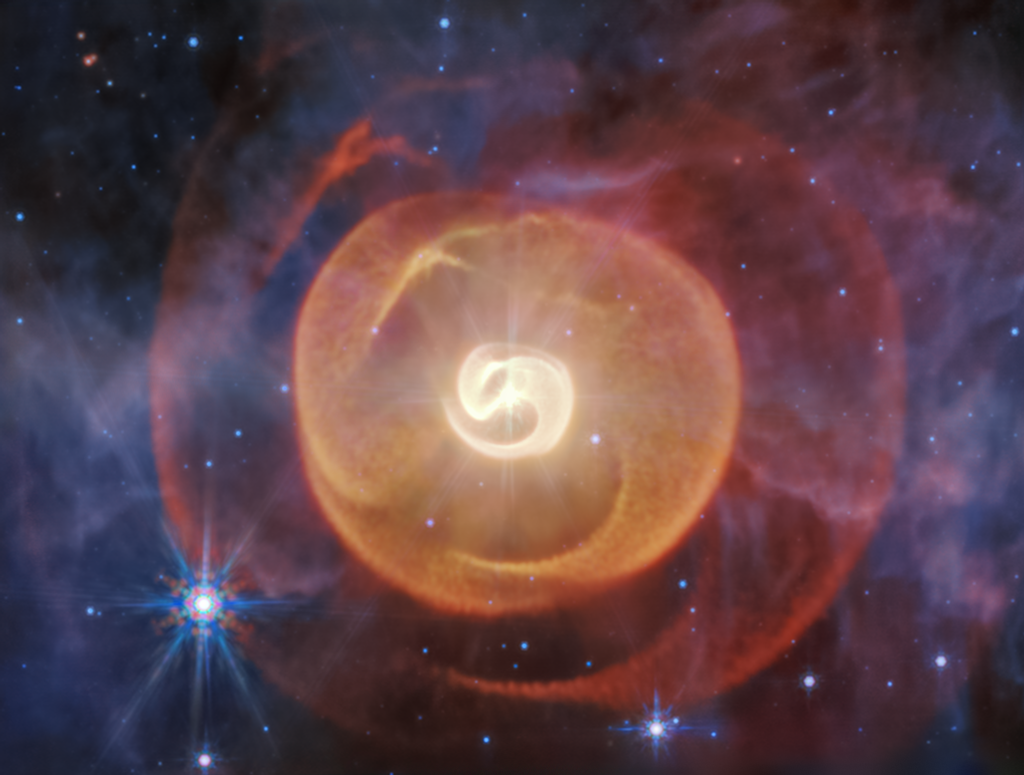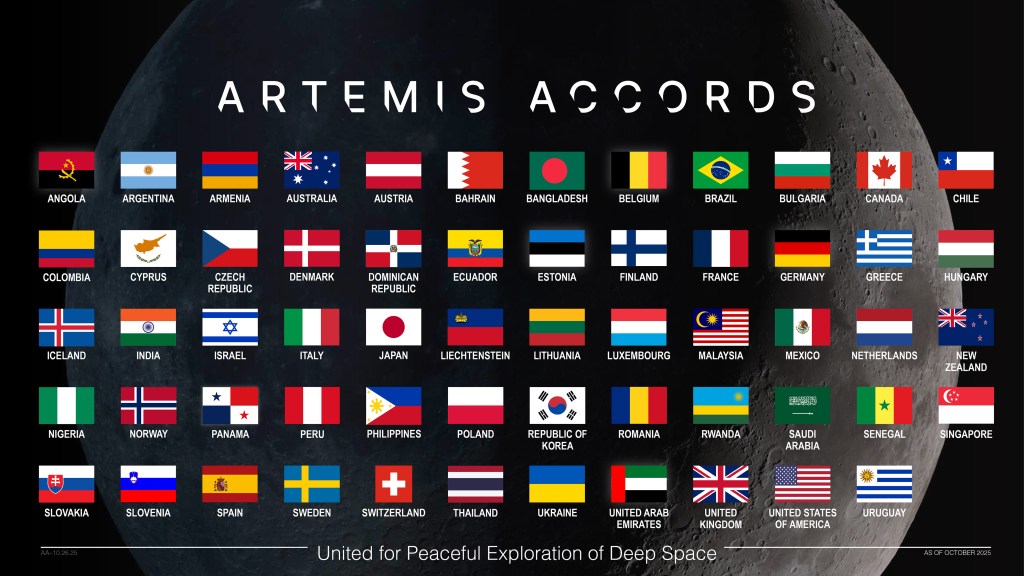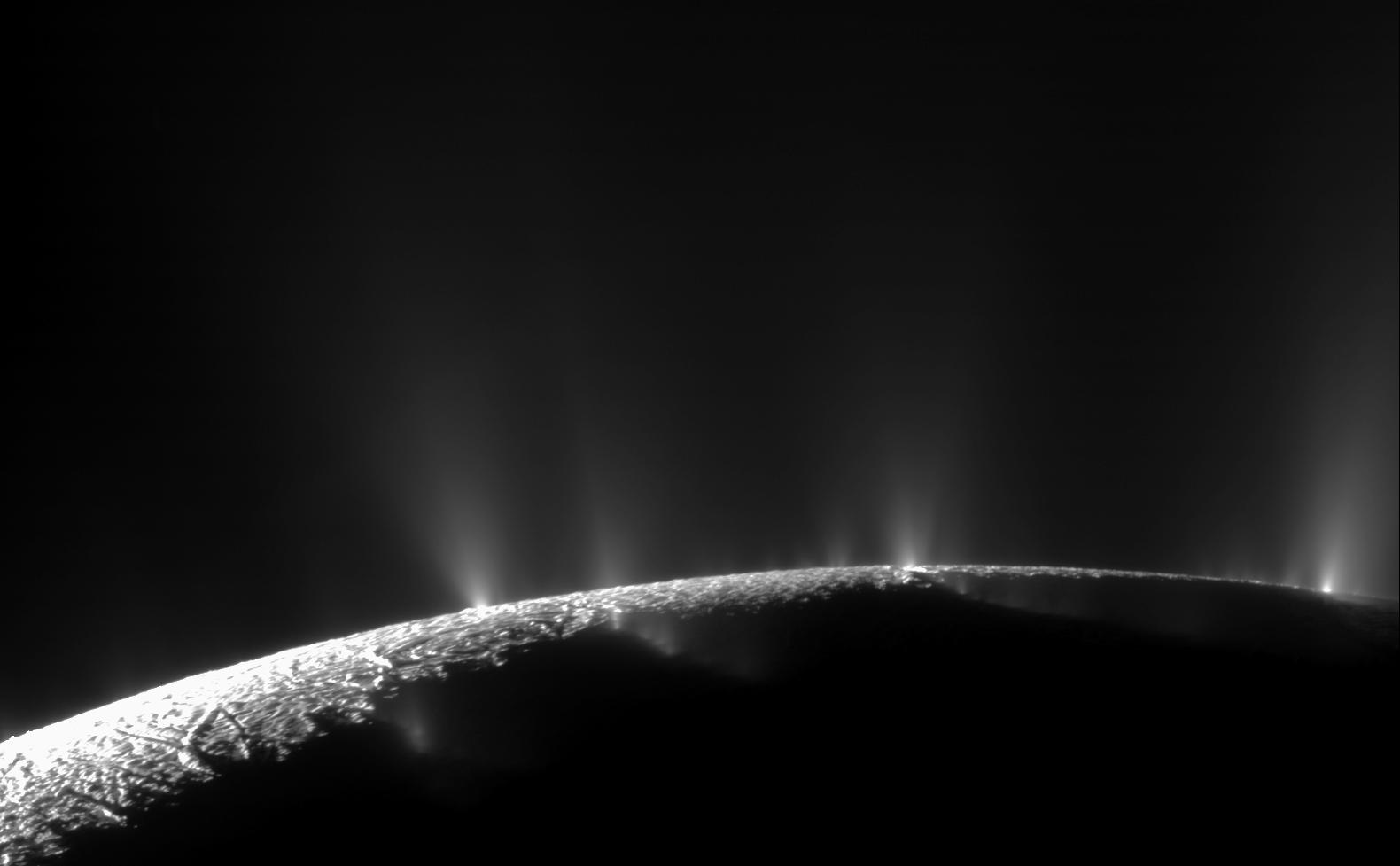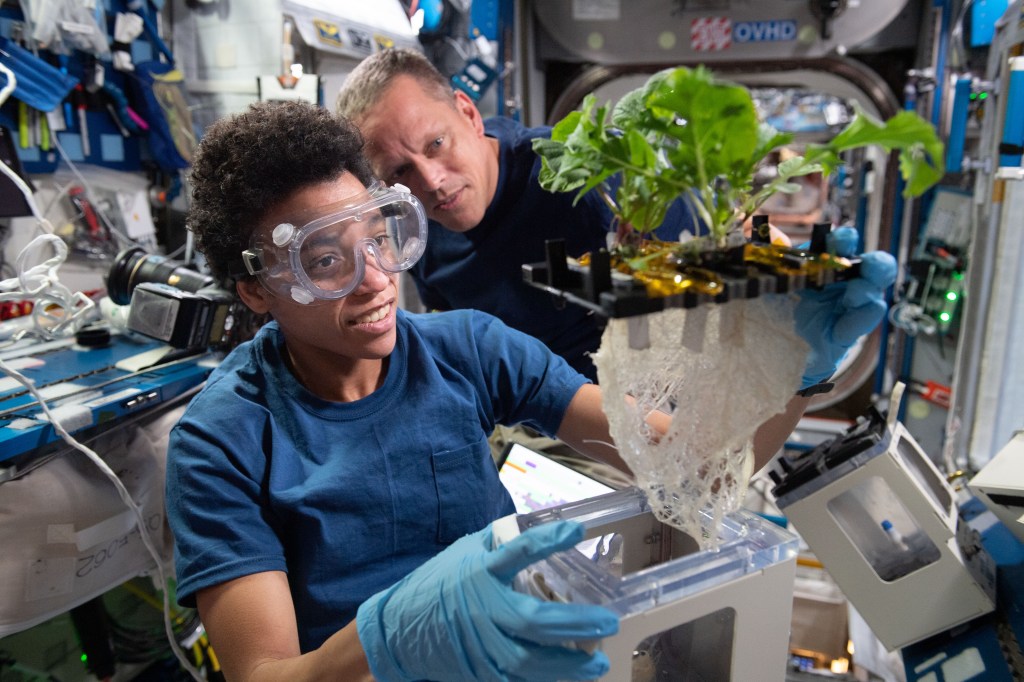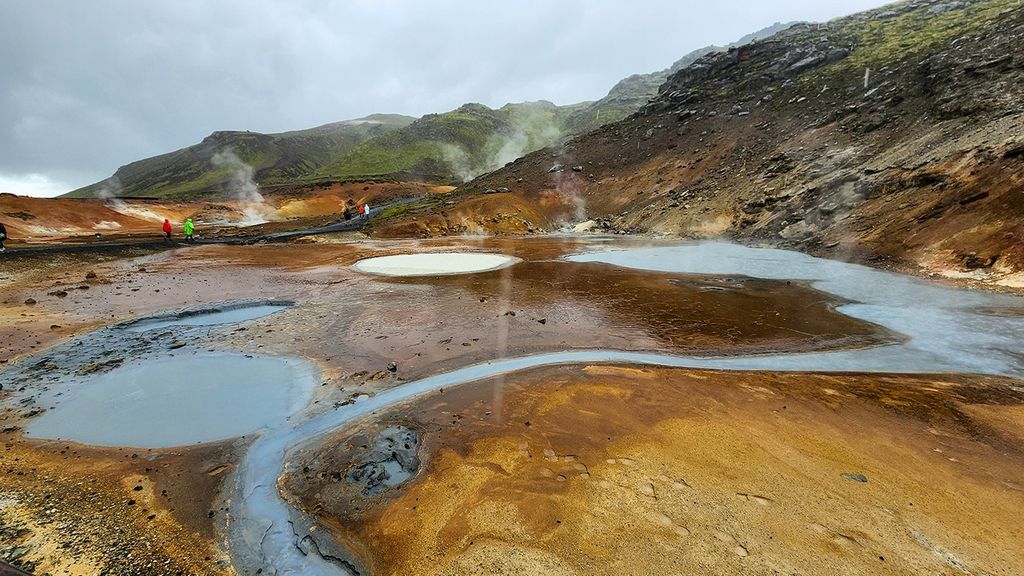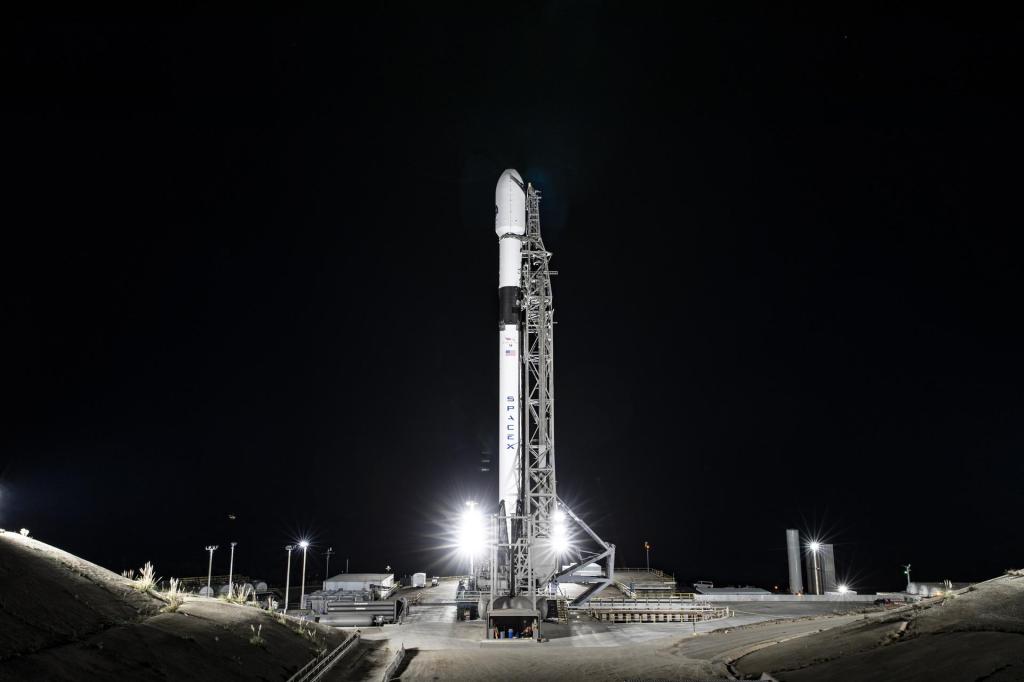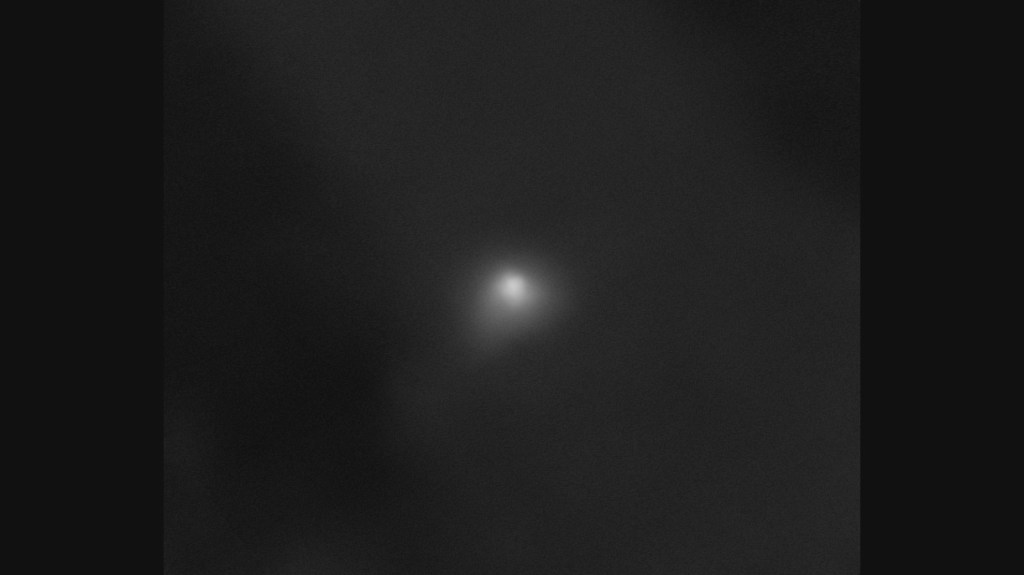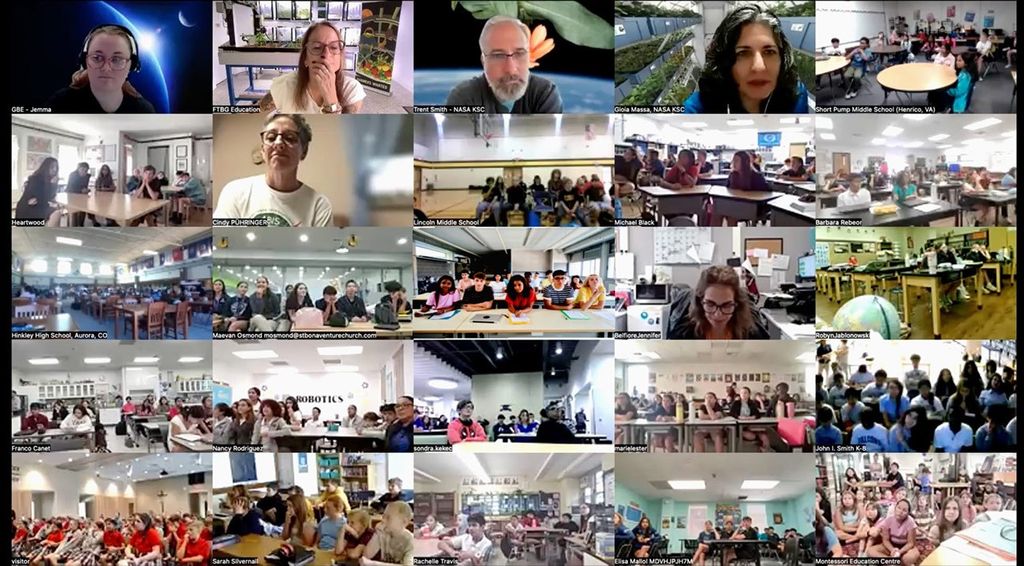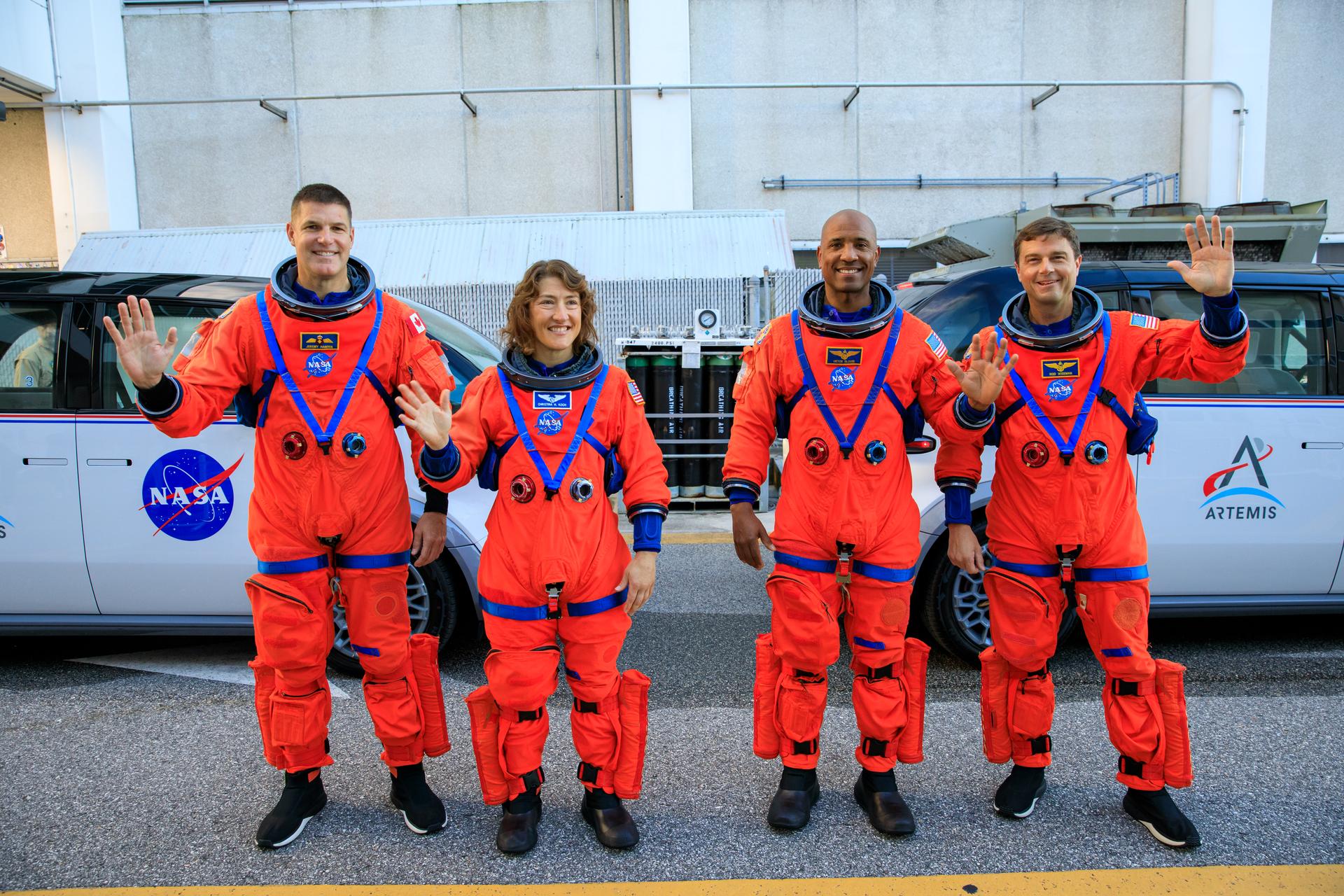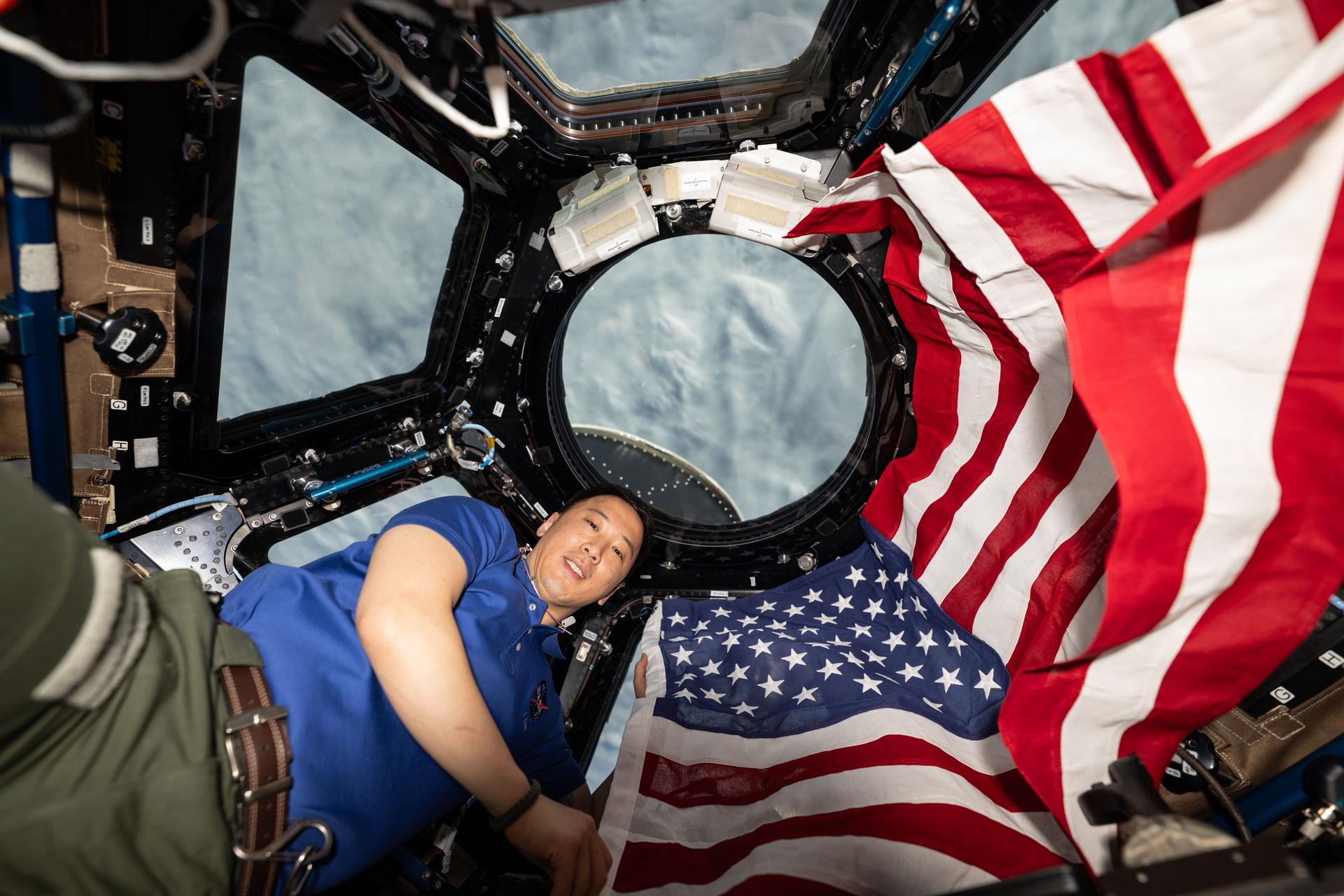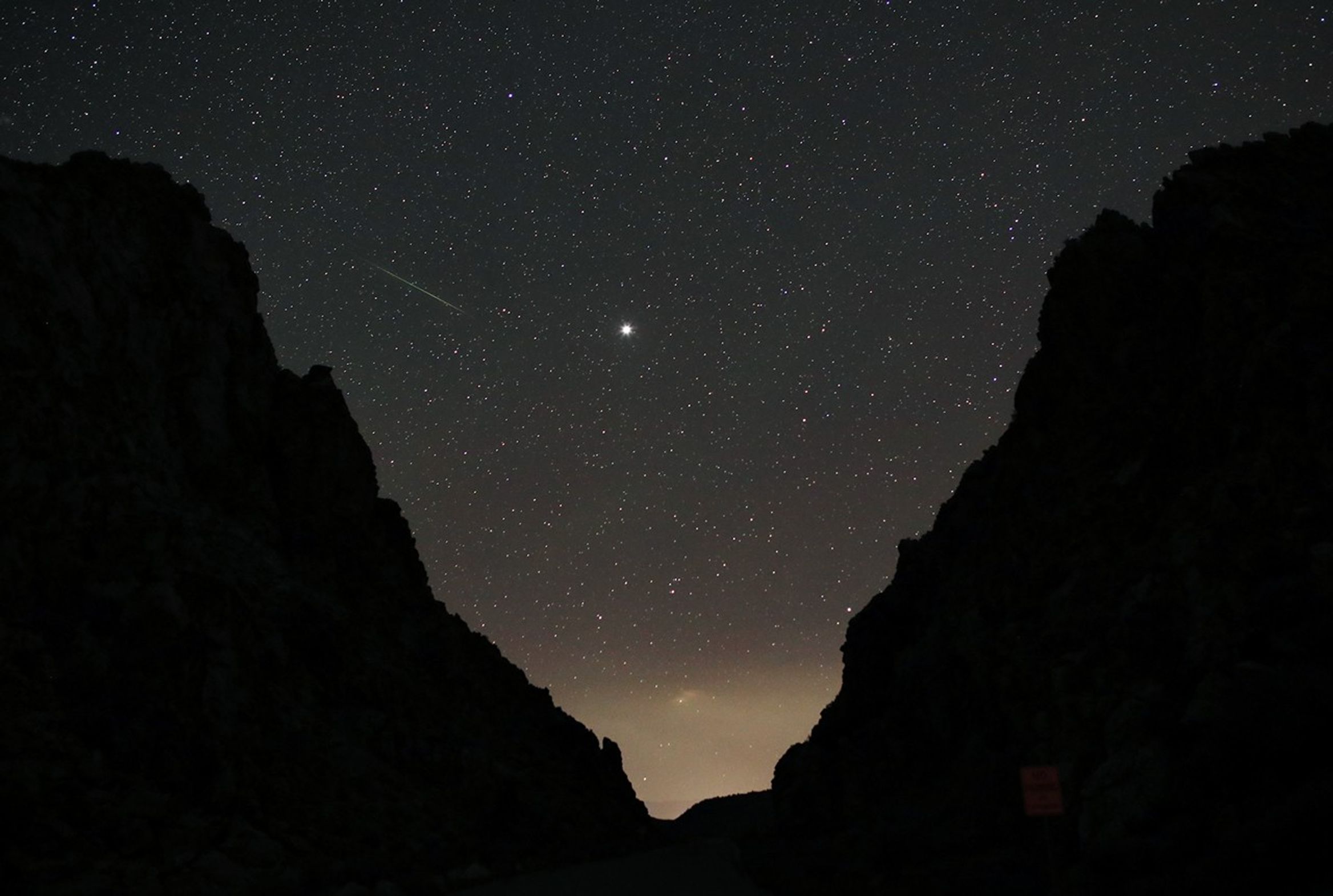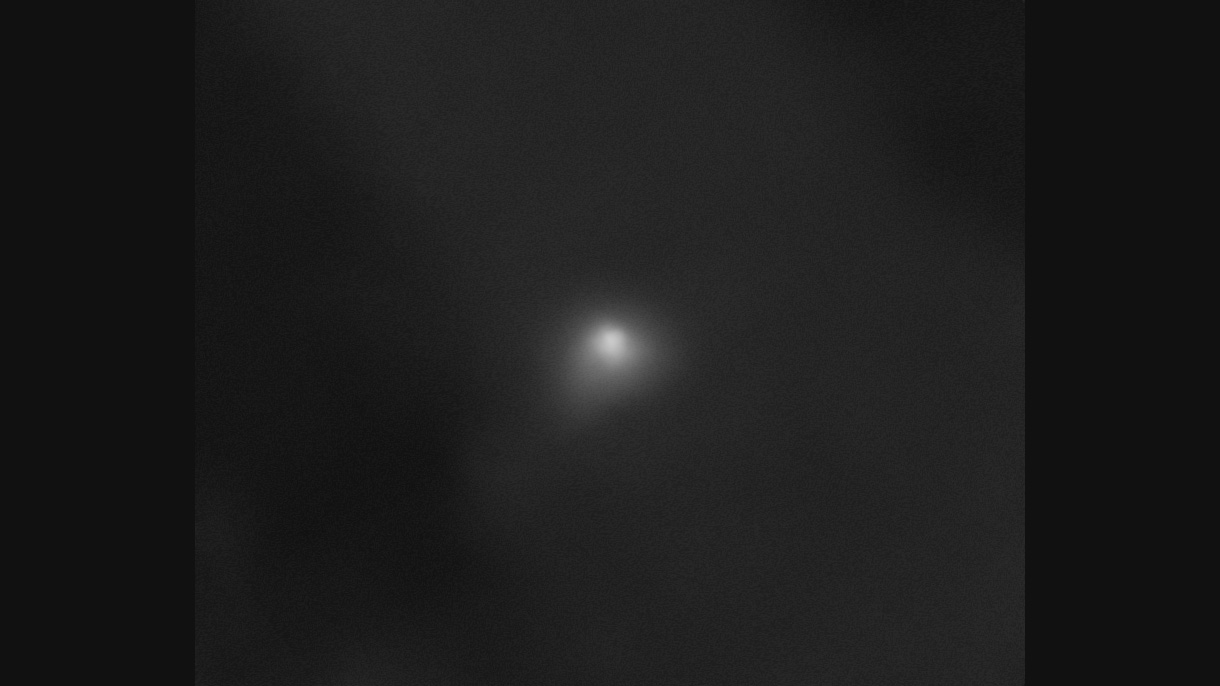Cassini Significant Event Report
For Week Ending 11/30/01
The most recent spacecraft telemetry was acquired from the Madrid tracking
station on Wednesday, October 24. The Cassini spacecraft is in an
excellent state of health and is operating normally. Information on the
spacecraft's position and speed can be viewed on the
"Present Position"
web page.
The most recent spacecraft telemetry was acquired from the Goldstone tracking station on Wednesday,
November 28. The Cassini spacecraft is in an excellent state of health and is operating normally.
Recent instrument activities include a Radio and Plasma Wave Science (RPWS) High Frequency Receiver
calibration, instruments waking up after the Huygens Probe Relay test, the Ka-Band Exciter and Traveling
Wave Tube Amplifier powering on, and all instruments going quiet for the Gravitational Wave Experiment
(GWE). Engineering activities taking place onboard the spacecraft this week include a transition to Reaction
Wheel Assembly (RWA) control from the Reaction Control Subsystem and an RWA unload in preparation
for the GWE.
The Cassini Radio Science team began the GWE on November 25. This is the first prime science objective
on the Cassini Program, and will run for 40 days, ending on January 4, with two more opportunities later
during the cruise phase of the mission. The GWE research scientists will use radio transmissions between
Cassini and Earth to search for gravitational waves measurably warping space between the two, using
continuous coverage throughout the 40-day experiment to maximize the chances of detecting the extremely
weak waves.
The multi-day Probe Relay test was completed this week. The tests were required to check out the
communications link between the Huygens probe and the Cassini orbiter spacecraft. Using the Goldstone
DSS-24 antenna, a series of signals was transmitted to Huygens, via Cassini, to simulate the stream of data
that will be sent back by Huygens during its parachute descent through Titan's atmosphere. This test
represented a major step towards the validation of the Huygens Recovery Task Force design, testing the
nominal mission scenario and several deviations from it. While it will take a few months to fully analyze the
data, initial indications show that all objectives were successfully met.
A demonstration of uplink and downlink capabilities at the Emergency Control Center (ECC) was conducted
last week and test reports indicate that all command, tracking, monitor and telemetry data functions worked
successfully. Further testing of the ECC is planned after completion of the GWE.
A Project Briefing was held to review the C31 Science Planning Team integrated plan. The Program
Manager approved the contents of the plan, and C31 sequence generation will continue into the next phase of
the process. Other Science Planning activities included the Saturn, Cross-Discipline, and Ring Target Working
Teams meeting last week to finish integrating the Tour segments associated with Orbits 4 through 10
The Imaging Science Subsystem and the Visual and Infrared Mapping Spectrometer (VIMS) teams delivered
various software packages to the Multi-mission Image Processing Laboratory (MIPL) Integration and Test
organization as a part of MIPL delivery D27. The delivery to Operations will be in February 2002. The
delivery includes software to analyze data policing losses, extract background, mirror data, and internal
housekeeping measurements from the VIMS Level 1A products, improve validation of observation
description files delivered from the Science Teams, build such observation description files in order to easily
generate test data, and improve handling of VIMS data when the visible portion arrives before the infrared.
The Cassini Project scientist and deputy are attending the American Astronomical Society Division for
Planetary Science meeting in New Orleans. A number of Cassini at Jupiter papers have been presented.
Additional information about Cassini-Huygens is online at http://saturn.jpl.nasa.gov.
Cassini will begin orbiting Saturn on July 1, 2004, and release its piggybacked Huygens probe about six months later for descent through the thick atmosphere of the moon Titan. Cassini-Huygens is a cooperative mission of NASA, the European Space Agency and the Italian Space Agency. JPL, a division of the California Institute of Technology in Pasadena, manages the mission for NASA's Office of Space Science, Washington, D.C.
Media Relations Office
Jet Propulsion Laboratory
California Institute of
Technology
National Aeronautics and Space
Administration
Pasadena, Calif. 91109.
Telephone (818) 354-5011

